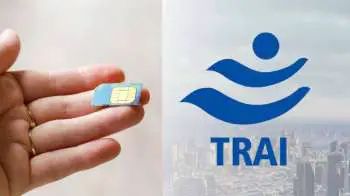Many users in India keep two SIM cards in their smartphones. Typically, one SIM is used for regular calling and data, while the other serves as a backup for emergencies.
Since the secondary SIM tends to be used less frequently, individuals often prefer to keep it active to prevent disconnection. However, following the price hikes in recharge plans last July, many people find it challenging to maintain their secondary SIM.
Fortunately, TRAI rules have simplified the process for keeping these secondary SIMs active. According to the TRAI consumer handbook, a SIM card is deemed deactivated if it hasn’t been used for more than 90 days-roughly three months.
If a SIM remains inactive for 90 days and there is still a prepaid balance, Rs 20 will be deducted to extend the SIM’s activation for an additional 30 days. If the balance is insufficient, the SIM will be deactivated, making it impossible to make or receive calls or access the internet. Once deactivated, the number associated with the SIM will be recycled and made available for new users.
What happens after 90 days?
If someone forgets about their secondary SIM and it goes unused for 90 days, there’s no need for an alarm. There’s a grace period of 15 days to reactivate the SIM. During this time, users can reach out to customer care or visit a company store for assistance in reactivating their SIM promptly.
TRAI defines “non-usage” as a lack of incoming or outgoing calls and messages, data sessions, or engagement with value-added services, including payments.
In other news, users of Jio, BSNL, and Airtel can now make calls using any available network, even if their own SIM has lost signal. On January 17, the government introduced the Intra Circle Roaming (ICR) facility during an event that showcased 4G mobile towers funded by the Digital Bharat Nidhi (DBN). This essentially means that customers from any network can tap into 4G services through a single DBN-supported tower.



